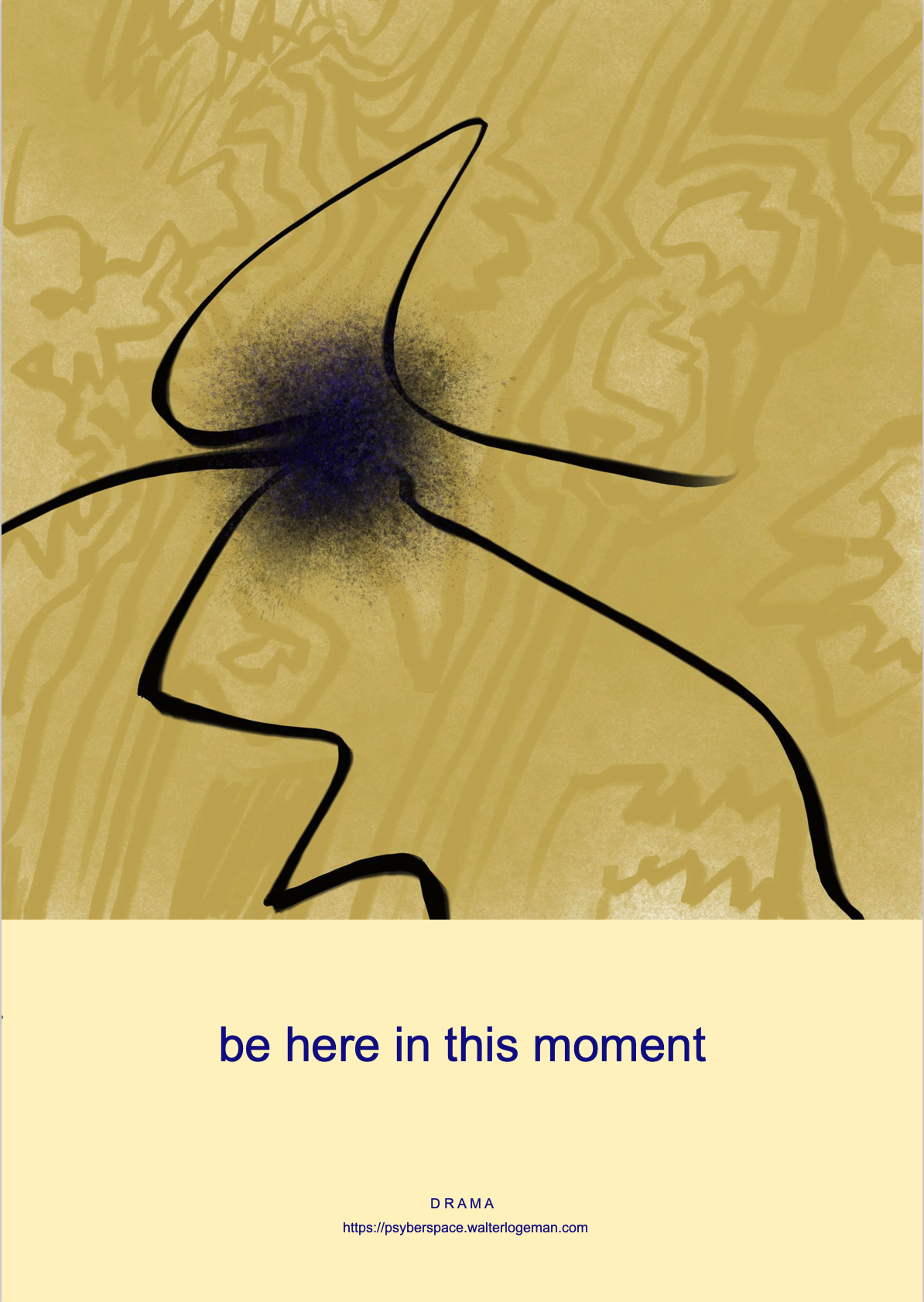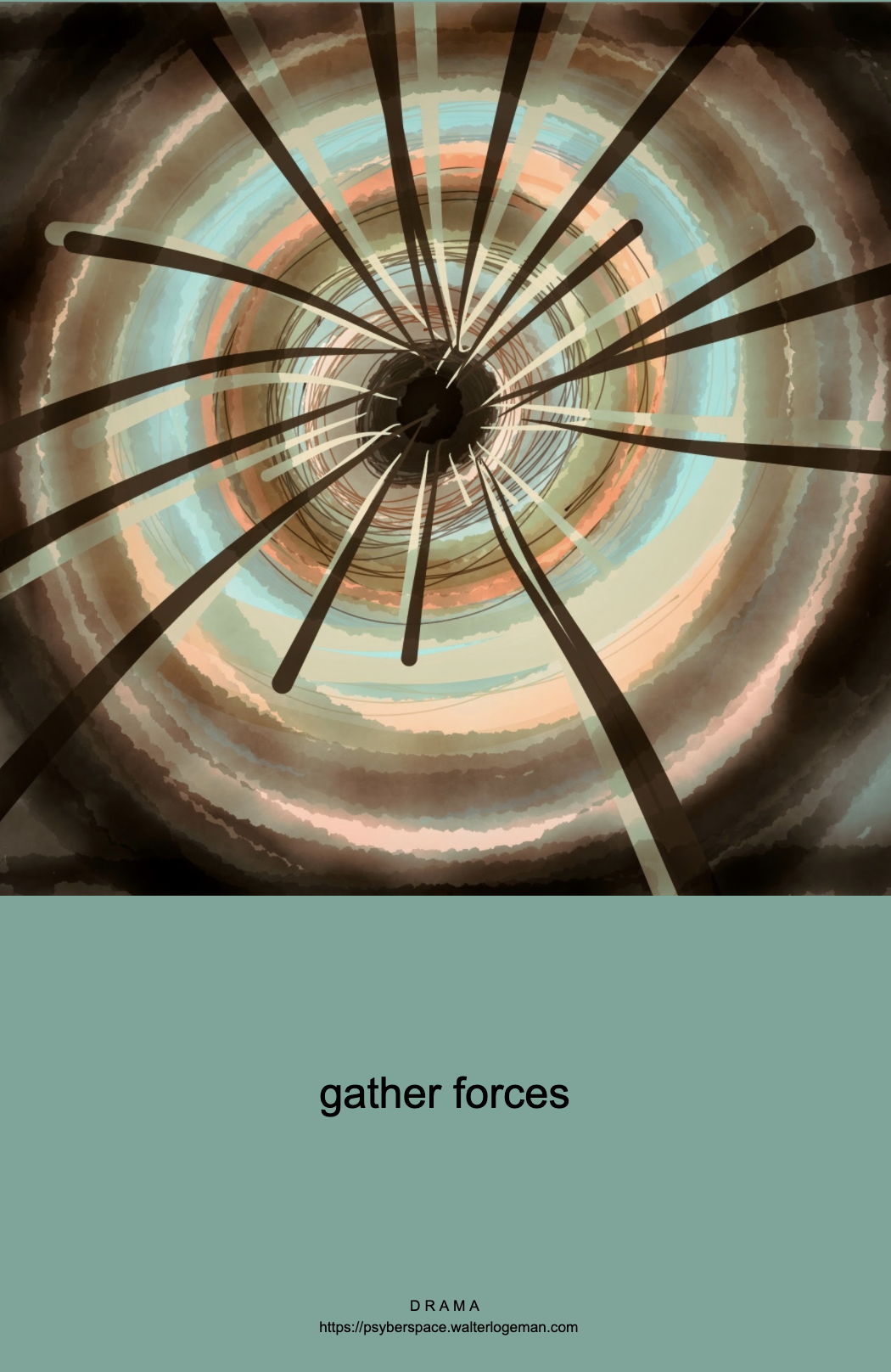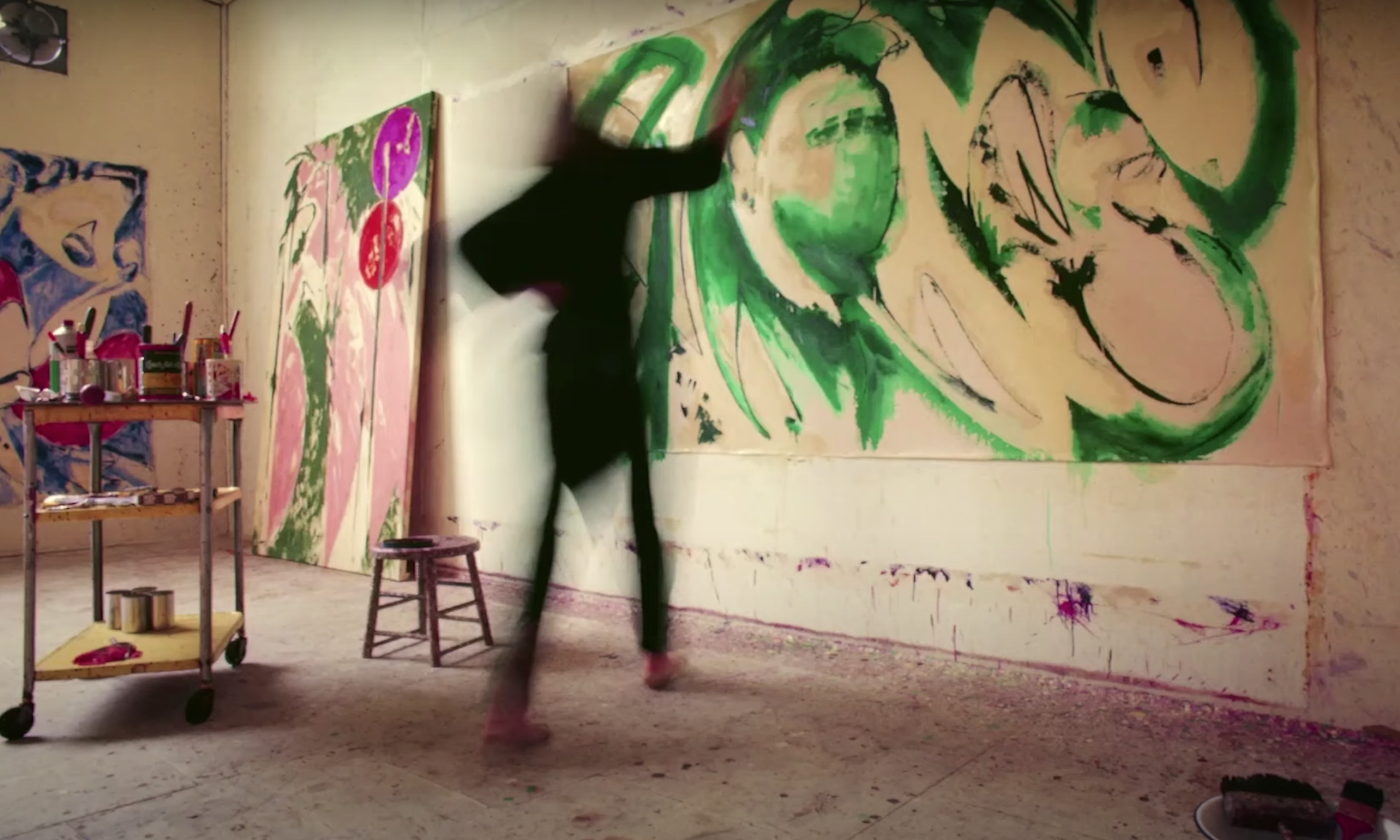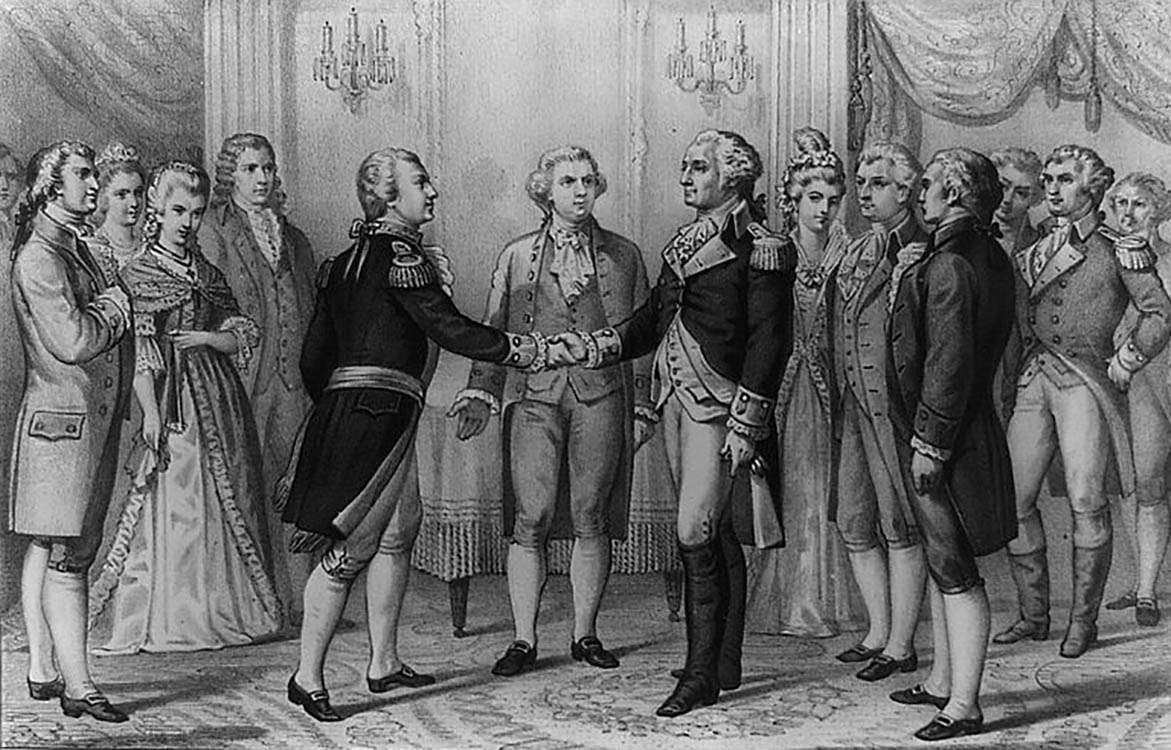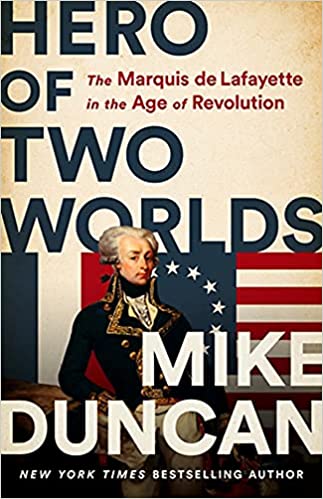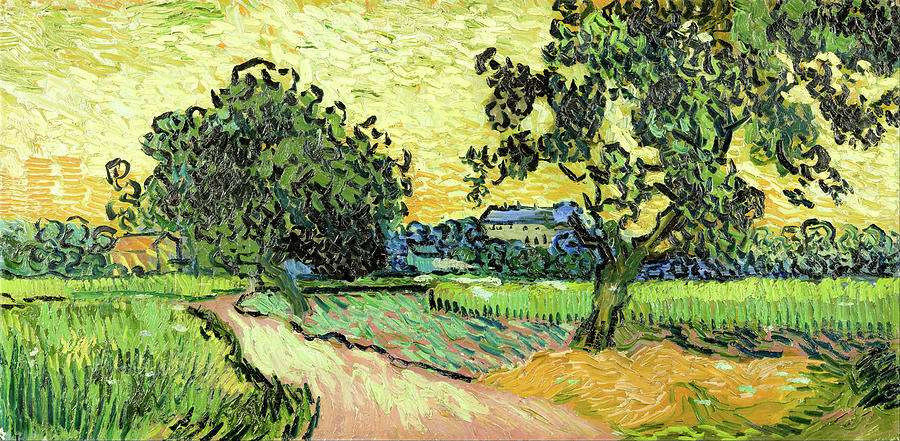Gather forces
2016 was a colourful year!
The iPad sends feature sets of photos every day. They do a great job. It’s like someone saying “Hey, I love this photos, I love your art!”
I did a lot of sketches (as I call them). The one the algorithm sent stands out from similar efforts at the time. Just the right balance of dark and light.
George Henrick Breitner & childhood reminisces
I’m enjoying Daily Art.
Today they featured George Henrick Breitner. That led me to to an earlier post, from 2020, about this painting:
Continue reading “George Henrick Breitner & childhood reminisces”
Found
I found this image in a neglected place on my iPad, in an app I was trying out. I must have made it some years ago. Today it resonated. I’ve been thinking about the value of containment and the value of a clear focus on a point. Continue reading “Found”
Tree
I’ve been looking at trees. In life and in art. One influencing the other. The artist on my mind is Ergon Schiele. There is a signature the whole, also present in every stroke, just as a tree carries it’s essence in every branch.
I’ll call this image: I am a tree.
Lee Krasner
Lee Krasner Made an impact on me when I did the ThousandSketches and visited New York in 2006.
Great:
Collecting images…
Continue reading “Lee Krasner”
Hero of Two Worlds: The Marquis de Lafayette in the Age of Revolution — Mike Duncan
Lockdown with kids – Ink!
We’re having fun with ink. I am and the boys, 5 & 7 give it a good go. Here are our efforts. The feature image above is mine, the rest mostly kids with my selections of detail.
Vincent van Gogh 1853-1890
I’ve mentioned Vincent van Gogh in a few posts in my blog. He is important in my life in that I grew up with him. He was an artist I liked from the start, we had a book at home. Of course, we were from Amsterdam. Also saw a great movie while quite young – well before the Kirk Douglas one. Read Lust for Life.

